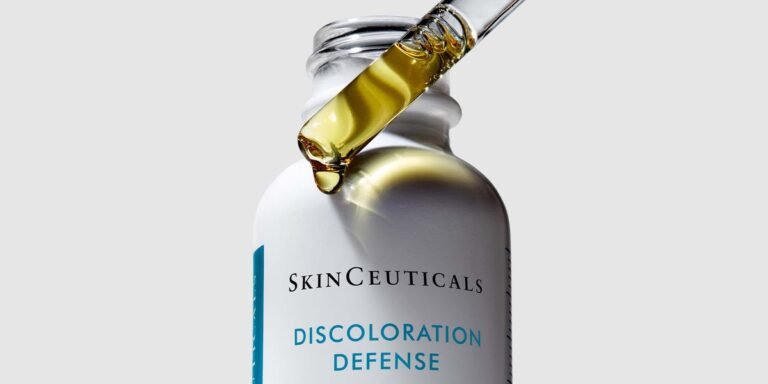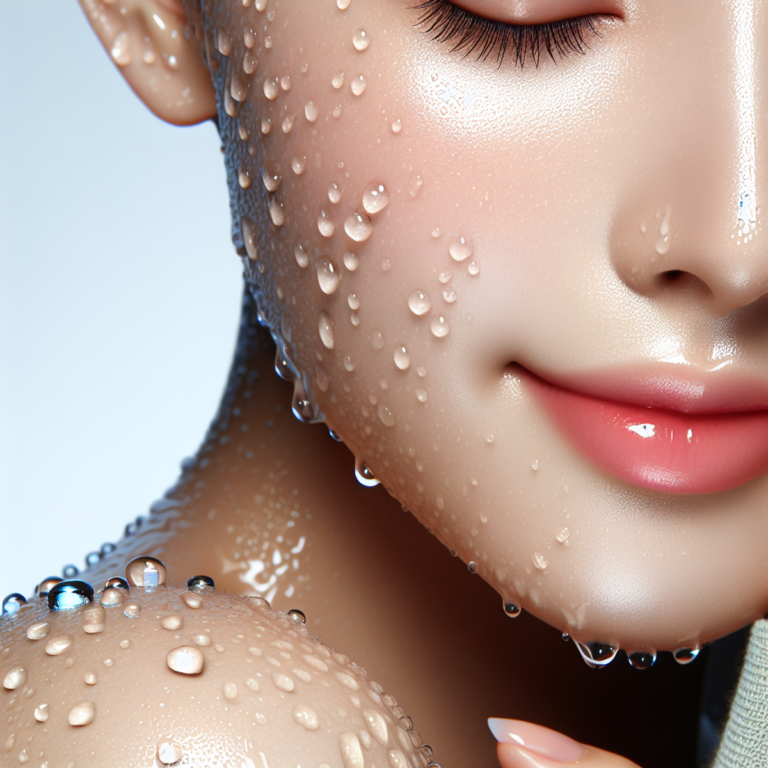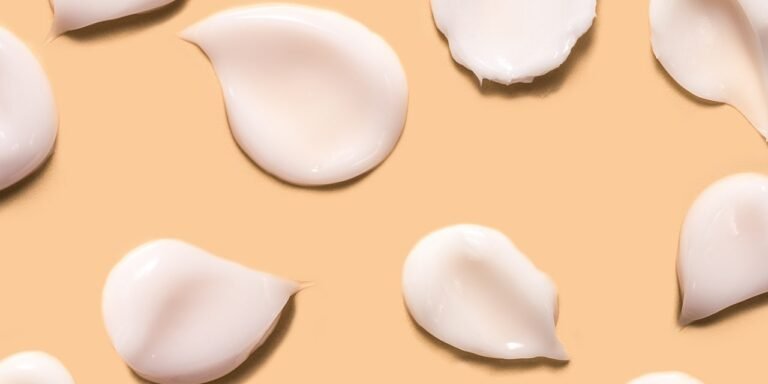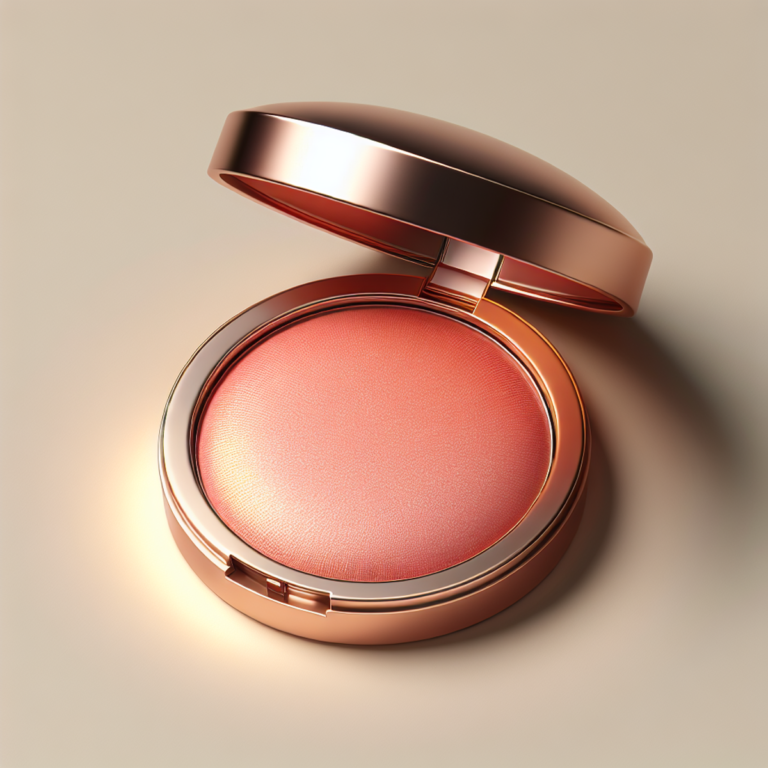How to get rid of acne on the back
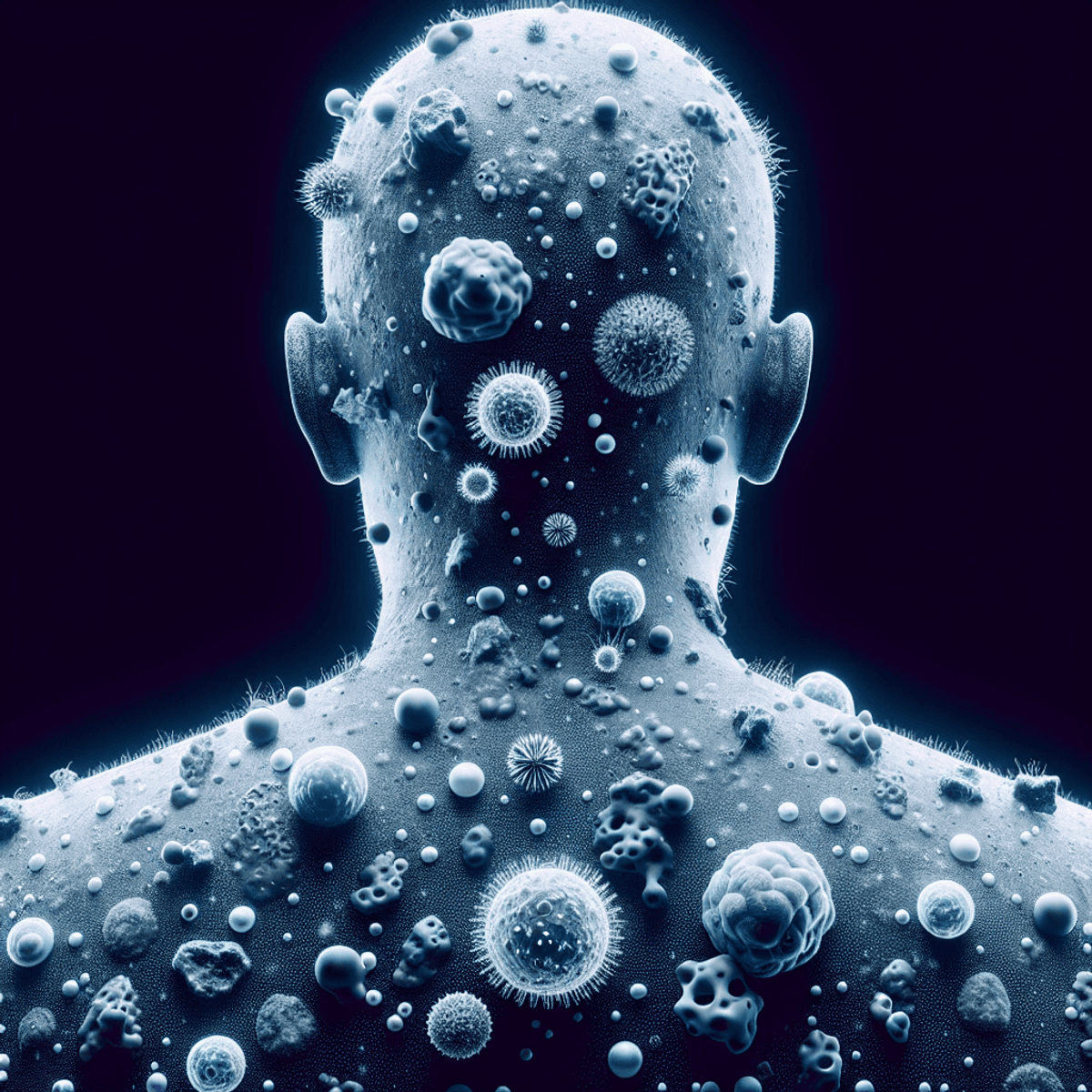
Introduction
Back acne, commonly referred to as bacne, is a skin condition where hair follicles and pores on the back become clogged with oil, dead skin cells, and bacteria. This results in various forms of acne such as red bumps, whiteheads, blackheads, and sometimes painful cysts or nodules. Bacne can affect anyone but is especially prevalent in teenagers and young adults due to hormonal changes.
Several factors contribute to the development of bacne:
- Sweating: Increased perspiration from activities or heat can exacerbate the condition.
- Friction: Tight clothing or sports equipment can irritate the skin.
- Hormonal Changes: Fluctuations often contribute to increased oil production.
The impact of bacne extends beyond physical discomfort. It can significantly affect self-esteem and confidence, making individuals self-conscious about their appearance.
Whether you’re interested in how to get rid of acne on the back or seeking methods for how to remove pimples overnight, understanding bacne is essential. Addressing these concerns not only involves knowing how to get rid of pimples but also recognizing the emotional toll it can take. For those dealing with persistent issues, exploring effective treatments becomes crucial in reclaiming confidence and achieving clearer skin.
Understanding Back Acne
What is Back Acne?
Back acne, or bacne, typically shows up as red bumps, whiteheads, blackheads, and sometimes painful cysts. These blemishes mainly appear on the shoulders, upper back, and torso. The causes are similar to those seen in facial acne but can be worsened by specific triggers.
How is Back Acne Different from Facial Acne?
While both facial and back acne result from clogged pores due to excess oil and dead skin cells, bacne is often made worse by additional factors such as:
- Tight Clothing: Tight clothes can trap sweat and oils against the skin.
- Sweat Buildup: Especially after workouts or during hot weather.
Facial acne may experience these issues less often but shares the same main causes.
What Causes Back Acne?
- Blocked Pores: Excess oil and dead skin cells block hair follicles.
- Bacterial Growth: Bacteria multiply within these blocked pores.
- Hormonal Changes: Fluctuations can increase oil production.
- Sweat and Friction: Makes existing conditions worse.
Who is at Risk for Back Acne?
- Poor Hygiene Practices: Not cleansing after sweating can make bacne worse.
- Dietary Choices: High-glycemic foods might make acne symptoms worse.
- Irritating Products: Certain skincare or hair products could contribute.
Understanding these factors is crucial in identifying effective strategies for managing both back and facial acne, offering insight into removing pimples naturally and permanently for clearer skin.
Prevention Strategies for Back Acne
To effectively prevent bacne, adopting a consistent skincare routine is crucial. Regular cleansing plays a pivotal role in minimizing the chance of breakouts. Opt for non-comedogenic body washes, which are designed to avoid clogging pores. Products containing ingredients like benzoyl peroxide or salicylic acid are particularly beneficial, as they help clear clogged pores and reduce redness.
Showering after sweating is another essential practice. Immediate post-workout showers can prevent sweat from blocking pores, which is key in understanding how to get rid of back pimples. Focus on using lukewarm water and gentle circular motions with your cleanser to ensure thorough cleaning without irritating the skin.
Exfoliating the back offers numerous benefits by removing dead skin cells that can contribute to clogged pores. Look for exfoliating products containing salicylic acid. These can aid in reducing inflammation and preventing future breakouts. Exfoliation should be performed gently and not more than twice a week to avoid irritation.
Selecting the right clothing can also impact your skin health significantly. Wearing loose-fitting garments made from breathable materials like cotton helps reduce friction and prevents sweat accumulation — both factors that exacerbate acne.
Keeping hair off the back minimizes oil transfer, which can lead to breakouts. Long hair should be tied up during activities that cause sweating, helping you focus on how to remove dark spots caused by pimples by preventing further issues.
Adopting these prevention strategies forms a proactive approach not only towards managing back acne but also extends to facial acne concerns such as learning how to get rid of zits fast or finding effective pimples on face removal tips.
Effective Treatments for Back Acne
When looking for ways to treat back acne, there are several topical solutions that can be effective. Here are some commonly recommended treatments:
- Benzoyl peroxide: This ingredient works by killing the bacteria that cause acne, reducing inflammation, and helping to clear blocked pores.
- Retinoids: Derived from Vitamin A, retinoids accelerate cell turnover, unclog pores, and promote smoother skin.
In addition to these topical treatments, there are also home remedies that may help with back acne:
- Tea tree oil: Known for its natural antibacterial properties, tea tree oil can provide an alternative solution for those seeking a more holistic approach to treating pimples.
- Aloe vera: With its soothing qualities, aloe vera not only reduces inflammation but also aids in healing acne lesions without causing irritation.
It’s important to know when it’s time to see a dermatologist. If over-the-counter options don’t show improvement after consistent use or if the condition worsens, it may be necessary to seek professional advice. Dermatologists can prescribe stronger medications such as oral antibiotics or hormonal treatments that target deeper causes of acne. In some cases, therapies like laser treatment or chemical peels may be recommended to achieve clearer skin.
Understanding how these treatments work can help you make informed decisions about how to stop pimples and manage your skin health effectively. For those dealing with persistent spots or looking for ways to quickly get rid of tiny bumps on the face, adopting a comprehensive skincare regimen combined with professional guidance can lead to satisfying results.
Managing Breakouts on the Back
Dealing with breakouts on the back can be challenging, but a few adjustments in your skincare routine can help manage flare-ups effectively. When a breakout occurs, it’s crucial to reassess and modify your cleaning routine:
During a Breakout
- Cleanse Gently: Use a gentle, non-comedogenic body wash. Opt for products containing acne-fighting ingredients like salicylic acid or benzoyl peroxide.
- Avoid Over-Scrubbing: Too much scrubbing can irritate the skin and worsen breakouts. Focus on gentle cleansing techniques.
- Shower After Sweating: Ensure you shower immediately after sweating to prevent clogged pores and reduce bacteria.
Long-Term Management
Establishing a consistent skincare routine tailored for bacne is key to long-term management:
- Regular Cleansing: Clean the back area at least once daily with the appropriate body wash.
- Exfoliation: Incorporate gentle exfoliation 1-2 times per week using products that help clear dead skin cells without causing irritation.
- Moisturize: Use a light, oil-free moisturizer to maintain skin hydration without clogging pores.
For those seeking natural methods on how to get rid of pimples naturally at home, consider remedies such as tea tree oil or aloe vera. These can help soothe inflammation and reduce bacteria.
Remember, consistency is vital. Maintaining these practices regularly can significantly improve skin clarity over time.
Addressing Pimple Marks and Scars
Back acne can leave behind two main types of aftermaths: pimple marks and scars. Understanding the differences between these is essential for effective treatment.
Differences in Appearance and Treatment Approaches
Pimple Marks
- Often flat, discolored spots that fade over time
- Typically don’t cause texture changes in the skin
Scars
- Result from deeper skin damage
- Can appear as depressions (atrophic scars) or raised areas (hypertrophic scars)
- Require more intensive treatments
Natural Treatments to Reduce Pimple Marks
While professional treatments are available, natural remedies offer accessible options:
- Lemon Juice: Known for its natural bleaching properties, lemon juice can lighten pimple marks when used with caution. Apply diluted juice to the spots using a cotton ball.
- Honey: With its anti-inflammatory and healing properties, honey can aid in reducing pimple marks. Apply raw honey directly to the affected area and rinse after 10 minutes.
These natural methods may help reduce the appearance of marks over time but should be tested on a small skin area first to avoid irritation.
For persistent issues or deep scars, professional consultation is advised to explore advanced scar removal techniques.
Professional Solutions for Scars
For those looking for advanced treatments, chemical peels and laser therapy offer promising solutions for back acne scars. These options are designed to remove or reduce the appearance of scars by targeting deeper layers of the skin.
Chemical Peels
This method involves applying a chemical solution to the skin, causing it to exfoliate and eventually peel off. The new skin that emerges is typically smoother and less scarred. Ideal for mild to moderate acne scars, various types of peels (e.g., glycolic acid, salicylic acid) can be customized based on skin type and severity.
Laser Therapy
Utilizing laser technology, this treatment targets scar tissue by promoting collagen production and encouraging the growth of new skin cells. Laser therapy is particularly effective for deeper scars and can significantly diminish their appearance over multiple sessions.
Consulting a dermatologist is crucial to determine the most suitable approach based on individual skin conditions and scar characteristics. Investing in professional care can offer substantial improvements in reducing stubborn back acne scars.
Lifestyle Changes to Support Clear Skin
Making lifestyle changes can significantly help in achieving and maintaining clear skin. It’s important to understand the connection between diet and acne on the back. Certain foods can make acne worse, while others may promote healthier skin.
Foods to Include or Avoid
- Include: A diet rich in fruits, vegetables, and whole grains provides essential nutrients that support skin health. Foods high in omega-3 fatty acids, such as fish, flaxseeds, and walnuts, are known for their anti-inflammatory properties.
- Avoid: High-glycemic foods like white bread, sugary snacks, and processed foods may contribute to breakouts. Reducing these from your diet can help manage acne.
Role of Water Intake
Staying hydrated is vital for skin health. Drinking enough water helps maintain skin elasticity and flushes out toxins that might otherwise contribute to breakouts. Aim for at least 8 glasses a day to support overall skin vitality.
Stress Management
Stress is a well-known trigger for acne flare-ups. It affects hormonal balance, potentially leading to more frequent breakouts. Incorporating stress management techniques such as meditation, yoga, or regular exercise can significantly improve skin conditions.
By integrating these lifestyle changes, you can address various aspects of acne management, including how to stop breakouts and how to treat blackheads effectively. For those struggling with specific issues like under the skin pimples, or curious about how to get rid of teenage pimples naturally at home, focusing on these foundational lifestyle adjustments offers a practical starting point.
Conclusion
Managing back acne involves a mix of proper care and lifestyle changes. Regularly washing your back, eating a balanced diet, and using the right treatments are essential for clear skin. Remember, it’s important to stay motivated—don’t hesitate to consult a dermatologist if home remedies aren’t working, as they can provide personalized solutions for stubborn problems. Getting rid of back acne takes time and effort, but with the right methods, you can achieve clearer skin. Making informed decisions and using available treatments will help you on your journey to overcoming bacne.
FAQs (Frequently Asked Questions)
What is back acne (bacne) and what causes it?
Back acne, commonly referred to as bacne, is a skin condition characterized by the presence of pimples, blackheads, or cysts on the back. It can be caused by clogged pores due to oil and dead skin cells, hormonal changes, bacteria, sweat, and friction from clothing. Factors such as poor hygiene practices and certain diets (especially high-glycemic foods) can also contribute to bacne.
How can I prevent bacne effectively?
To prevent bacne, it’s important to maintain a regular skincare routine that includes cleansing the back with non-comedogenic body washes. Showering promptly after workouts helps remove sweat and bacteria. Exfoliating the back with products containing salicylic acid can help unclog pores. Additionally, wearing loose-fitting clothing made from breathable materials and keeping hair off the back can minimize oil transfer.
What are some effective treatments for bacne?
Effective treatments for bacne include topical solutions containing benzoyl peroxide or retinoids. Home remedies such as tea tree oil and aloe vera may also be beneficial. If over-the-counter options do not work, it’s advisable to consult a dermatologist for potential prescription medications or therapies.
How can I manage breakouts on my back?
When dealing with breakouts on your back, adjust your cleaning regimen to ensure you’re using appropriate products for acne-prone skin. Establish a consistent skincare routine tailored for bacne that includes regular cleansing and exfoliation. If flare-ups occur, consider temporarily increasing the frequency of your treatments.
What are the differences between pimple marks and scars?
Pimple marks are often flat discolorations left on the skin after a pimple heals, while scars are deeper indentations or raised areas resulting from more severe acne. Treatment approaches differ; natural remedies like lemon juice or honey may help reduce marks, whereas scars might require professional interventions such as chemical peels or laser therapy.
What lifestyle changes can support clear skin?
To support clear skin, focus on maintaining a balanced diet rich in fruits and vegetables while avoiding high-glycemic foods that may trigger breakouts. Staying hydrated by drinking plenty of water is crucial for skin health. Additionally, managing stress through relaxation techniques can positively impact your skin’s appearance.


